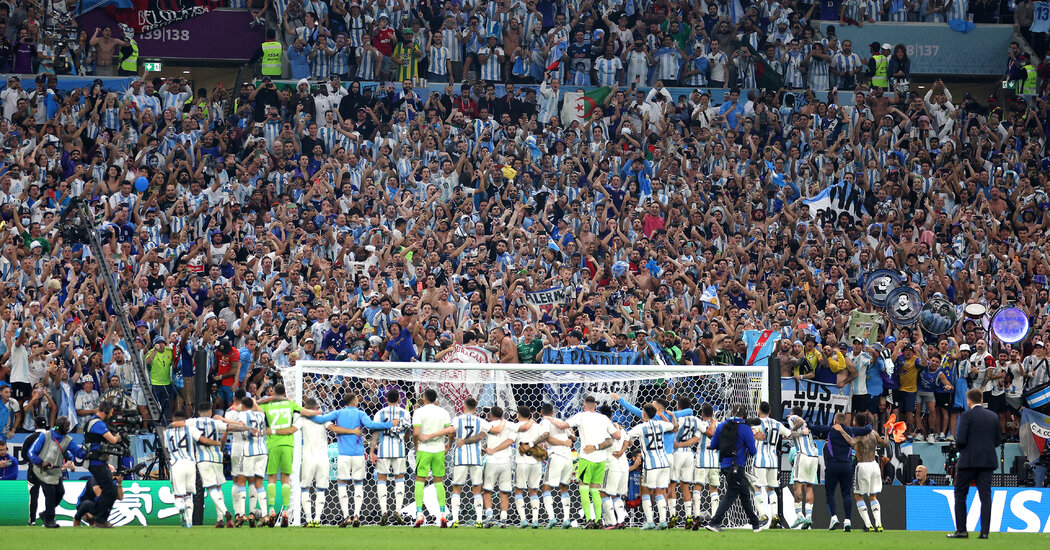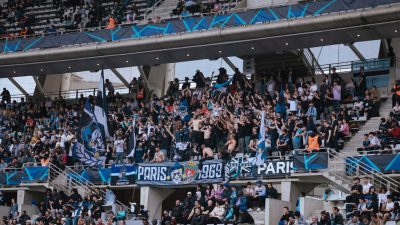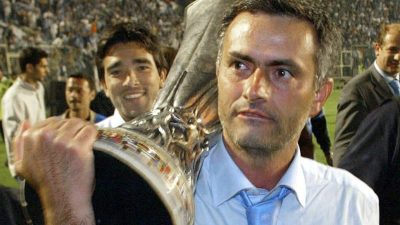Lionel Messi apart, arguably nobody has played a more prominent role in Argentina’s run to the World Cup final than a 62-year-old musician and a 30-year-old teacher, neither of whom is anywhere near Qatar. Between them, though, they created the song that has become the soundtrack to Argentina’s games and an earworm contracted by anyone who has been in Doha over the last month, or watched any of the tournament on television.
The song, Muchachos, Ahora Nos Volvimos A Ilusionar, has been adopted as an unofficial anthem not only by Argentina’s vast army of traveling fans — around 40,000 are expected to attend the final at Lusail today — but by the players themselves: Instagram videos of their dressing room celebrations after every victory have invariably featured a joyous rendition of the song.
Its popularity, doubtless, has something to do with the fact that its two verses hit all the major notes of Argentina’s campaign: it is a homage not only to Messi but to Diego Maradona; it pays tribute to the Argentine soldiers who died during the Falklands War of 1982; it draws in the country’s various disappointments in international tournaments in recent years; and it goes into its key change with a taunt directed at Argentina’s major soccer rival, Brazil.
But it is also a familiar tune to most Argentine fans. Various Argentine club teams have their own bespoke versions of Muchachos, Esta Noche Me Emborracho, a 2003 hit for the rock band La Mosca Tsé tsé, led by the 62-year-old singer Guillermo Novellis. A (relatively) cursory attempt to trace its genealogy would suggest that fans of Boca Juniors were the first to adapt the melody for their own purposes, in this case mocking its fierce rival, River Plate. Within a couple of years, Racing Club, a team in Avellaneda, had an interpretation, quickly followed by its rival, Independiente. In the endless round of call and response that marks Argentine fan culture, both were dedicated to denigrating the other. The most famous iteration, though, probably belonged to River Plate.
That it became something approaching a national anthem is down, largely, to a 30-year-old teacher named Fernando Romero. Together with a friend, he changed the lyrics once more in the days after Maradona’s death last year, turning it into a tribute to the player widely regarded as either Argentina’s first or second greatest. When the two friends were filmed singing it outside River’s Monumental stadium, during a game against Bolivia, the footage quickly went viral. Messi became aware of it: he named it, soon after, his favorite soccer chant. So, too, did Novellis, who got in touch with Romero and volunteered to record and release a version with his lyrics in the buildup to the World Cup.
Even Novellis, though, is a little surprised by its success. La Mosca has a curiously fitting relationship with soccer. Maradona was such a fan that he invited the band to play his 40th birthday party in 2000. And seven years later, another devotee asked if they would do a turn at his 20th birthday party. Messi and Novellis have been in occasional contact ever since.
Now, the song has not only reverberated around Lusail, again and again, on Argentina’s way to the final, it is currently number one on Spotify in Argentina. It has been streamed 4.4 million times in just a few weeks. (The original is currently at almost 14 million.) Novellis has been interviewed by media outlets across the world; a campaign was launched to fly Romero to Qatar, though he turned it down, suggesting the country had “more important things to address.” The story, as Novellis told La Nacion, is “easy to explain, but difficult to understand.”
Sumber: www.nytimes.com








